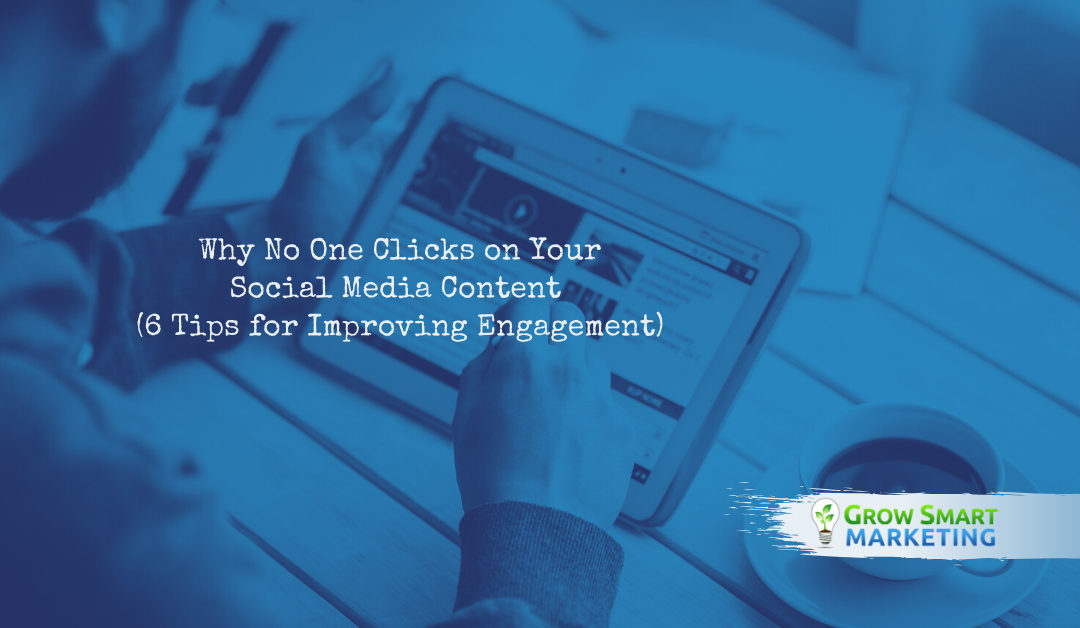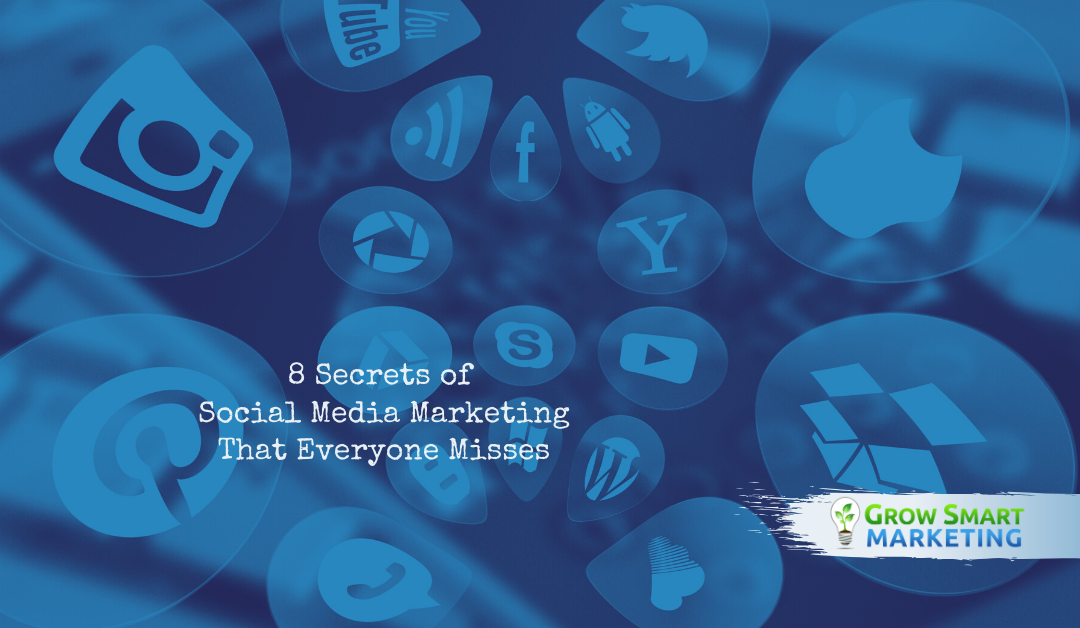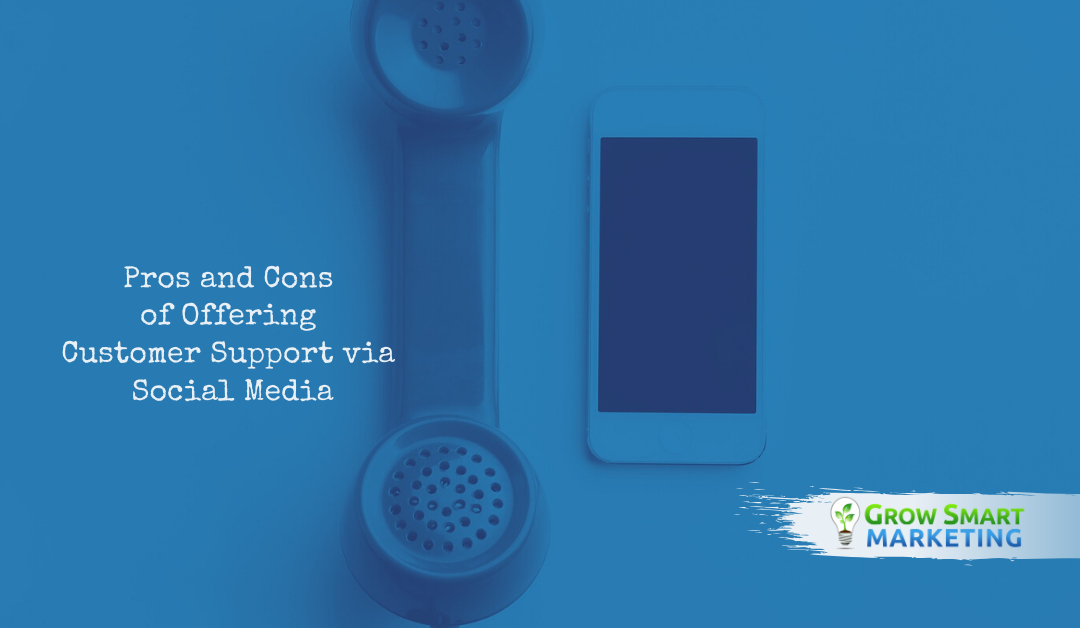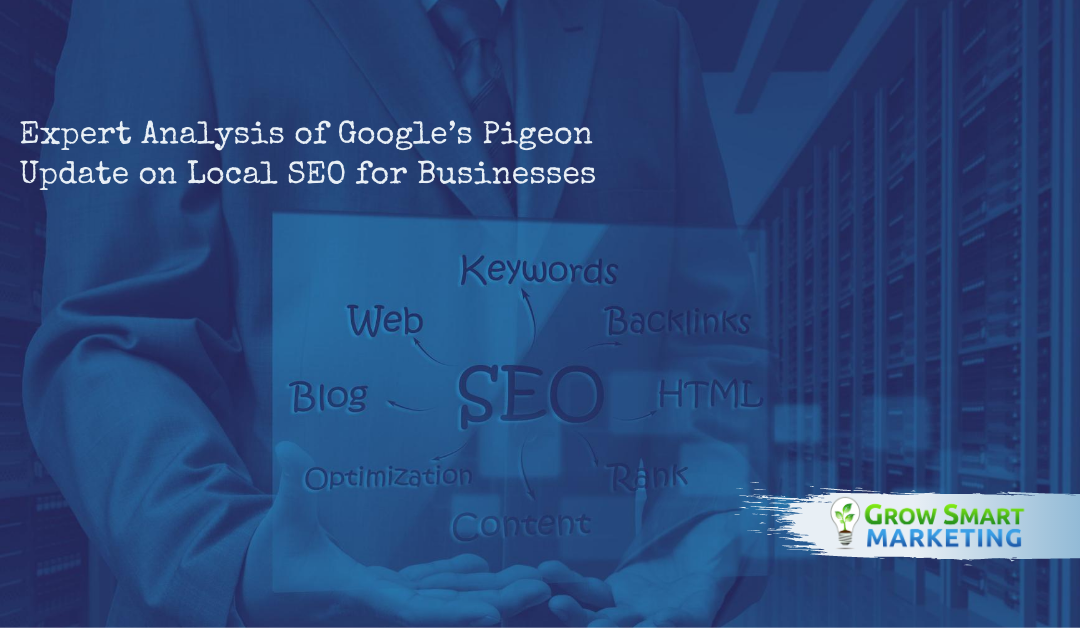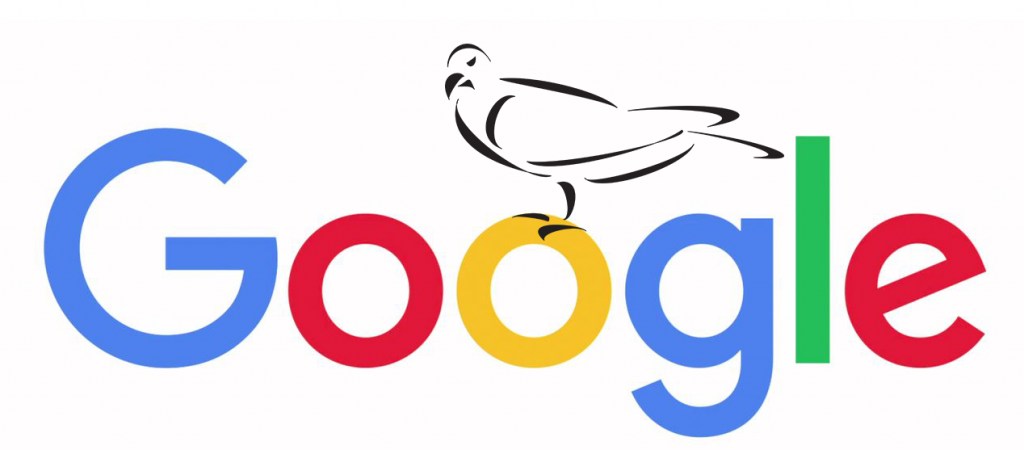
Get More Chiropractic Patients With Facebook
How Chiropractors Get More Clients With Facebook Ads
In today's digital age, social media has become an essential tool for businesses to reach and engage with potential customers. Facebook, in particular, has emerged as a powerful platform for lead generation and has proven to be highly effective for businesses in various industries, including healthcare. For chiropractors,
Facebook lead generation ads offer a cost-effective and efficient way to attract new patients and grow their practice. In this article, we will discuss how lead generation ads with Facebook can help chiropractors expand their reach, increase their patient base, and ultimately, grow their practice.
What are lead generation ads?
Lead generation ads are a type of Facebook ad that is specifically designed to capture information from potential customers, such as their name, email address, and phone number. These ads appear in the newsfeed of targeted users and include a call-to-action (CTA) button that encourages them to take a specific action, such as signing up for a newsletter or requesting more information. Unlike traditional Facebook ads that direct users to a website or landing page, lead generation ads allow users to submit their information directly on Facebook, making the process quick and convenient.
Why use lead generation ads for chiropractic practices?
1. Targeted Audience
One of the biggest advantages of using Facebook lead generation ads for chiropractic practices is the ability to target a specific audience. With Facebook's advanced targeting options, chiropractors can reach potential patients based on their location, age, interests, and behaviors. This ensures that the ad is seen by people who are most likely to be interested in chiropractic services, increasing the chances of converting them into patients.
2. Cost-effective
Compared to traditional forms of advertising, Facebook lead generation ads are relatively inexpensive. Chiropractors can set a budget for their ads and only pay when someone clicks on the ad or submits their information. This pay-per-click (PPC) model allows chiropractors to control their advertising costs and ensures that they are only paying for potential leads.
3. Increased Reach
With over 2.8 billion active users, Facebook offers chiropractors a massive audience to reach and engage with. By using lead generation ads, chiropractors can expand their reach beyond their current patient base and attract new patients who may not have been aware of their services. This increased reach can help chiropractors grow their practice and establish themselves as a reputable healthcare provider in their community.
4. Easy to Use
Creating a lead generation ad on Facebook is a simple and straightforward process. Chiropractors can use Facebook's ad manager to create and manage their ads, even if they have no prior experience with digital marketing. The ad manager provides a step-by-step guide to creating an ad, making it easy for chiropractors to set up their campaigns and start generating leads.
5. Mobile-friendly
With the majority of Facebook users accessing the platform through their mobile devices, lead generation ads are designed to be mobile-friendly. This means that potential patients can easily submit their information on their smartphones or tablets, without having to navigate to a separate website or landing page. This convenience can increase the chances of converting leads into patients, as they are more likely to take action when the process is quick and easy.
How to create effective lead generation ads for chiropractic practices
1. Use eye-catching visuals
Visuals are a crucial element of any Facebook ad, and lead generation ads are no exception. Chiropractors should use high-quality images or videos that are relevant to their services and will capture the attention of potential patients. For example, a photo of a chiropractor performing an adjustment or a video testimonial from a satisfied patient can be effective in grabbing the audience's attention.
2. Craft a compelling headline and ad copy
The headline and ad copy are the first things that potential patients will see when they come across a lead generation ad. It is essential to make them compelling and attention-grabbing. Chiropractors should focus on highlighting the benefits of their services and how they can help potential patients. For example, a headline like “Say goodbye to back pain with our chiropractic services” can be more effective than a generic headline like “Chiropractic services now available.”
3. Include a clear call-to-action (CTA)
The CTA is a crucial element of a lead generation ad as it tells potential patients what action to take next. Chiropractors should use a clear and concise CTA that encourages users to take action, such as “Sign up now” or “Request an appointment.” It is also essential to make the CTA stand out by using a contrasting color or bold font.
4. Offer something of value
To entice potential patients to submit their information, chiropractors can offer something of value in return. This could be a free consultation, a discount on their first visit, or a free e-book on chiropractic care. This not only incentivizes users to take action but also helps to establish the chiropractor as an expert in their field.
5. Test and optimize
As with any marketing strategy, it is essential to test and optimize lead generation ads to ensure they are effective. Chiropractors can experiment with different visuals, headlines, ad copy, and CTAs to see what resonates best with their target audience. Facebook's ad manager provides analytics and insights that can help chiropractors track the performance of their ads and make necessary adjustments to improve their results.
Lead generation ads with Facebook offer chiropractors a powerful tool to attract new patients and grow their practice, get in touch with us for more information. With its advanced targeting options, cost-effectiveness, and ease of use, Facebook is an ideal platform for chiropractors to reach a targeted audience and generate leads. By creating compelling ads and offering something of value, chiropractors can increase their reach, establish themselves as reputable healthcare providers, and ultimately, grow their practice.

